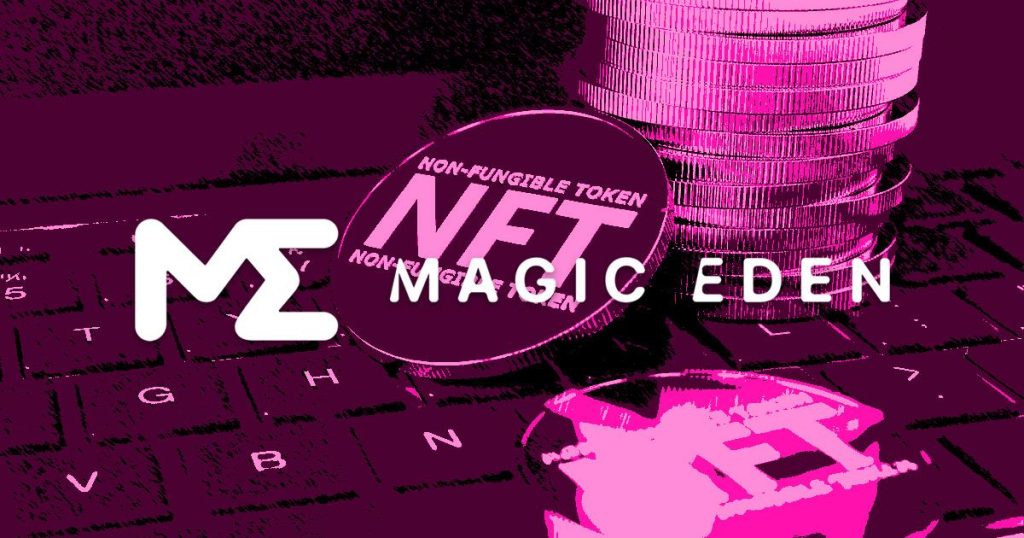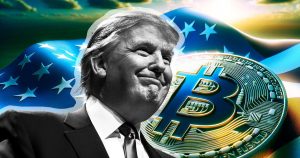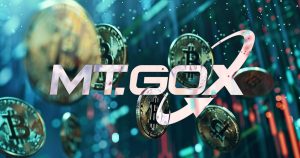Ordinal Sales Elevate Magic Eden to Top NFT Marketplace, Surpassing Blur by $108 Million in Volume

In the dynamic world of Non-Fungible Tokens (NFTs), the race to the top is fierce and fast-paced. Recently, Magic Eden, a prominent NFT marketplace, has surged ahead, outpacing its competitor Blur by a staggering $108 million in sales volume. This significant shift in the NFT landscape underscores the growing influence of Ordinal inscriptions, a novel form of digital asset that combines the security of Bitcoin with the creativity of NFT art. In this article, we delve into how Ordinal sales have propelled Magic Eden to new heights and what this means for the future of NFT marketplaces.
Understanding Ordinal Inscriptions and Their Impact
What Are Ordinal Inscriptions?
Ordinal inscriptions are a groundbreaking type of digital asset that embeds media directly onto the Bitcoin blockchain. Unlike traditional NFTs, which are typically hosted on platforms like Ethereum, Ordinals make each token as unique and secure as a Bitcoin transaction.
How Have They Influenced NFT Sales?
The introduction of Ordinal inscriptions has sparked a new wave of interest and investment in NFTs, primarily due to their unique properties and the robust security of the Bitcoin network. As collectors and investors recognize the added value of these assets, marketplaces showcasing Ordinal inscriptions have seen a significant uptick in traffic and sales.
Magic Eden’s Strategic Advancements
Adapting to New Trends
Magic Eden has quickly adapted to incorporate Ordinal inscriptions, setting it apart from other marketplaces that have been slower to embrace this innovation. This agility has been key to its recent success.
Comparison with Blur
While Blur has traditionally focused on conventional NFTs, Magic Eden’s pivot to support Ordinals has allowed it to capture a new market segment, leading to a substantial increase in sales volume.
The Financial and Cultural Shifts
Market Dynamics
The $108 million lead over Blur not only highlights Magic Eden’s successful strategy but also signals a possible shift in market dynamics where Bitcoin-based assets could start to dominate the scene.
Cultural Impact of Ordinals
Ordinals have introduced a new layer of cultural significance to NFTs, combining the storied legacy of Bitcoin with modern digital artistry. This fusion is attracting a diverse new audience to the NFT market.
Future Projections for NFT Marketplaces
Trends to Watch
The rise of Ordinals suggests that future NFT innovations will likely lean towards enhancements in security and uniqueness, potentially driving further changes in how digital assets are traded and valued.
Predictions for Magic Eden
If Magic Eden continues to innovate and adapt quickly to new trends like it did with Ordinals, it could maintain or even expand its lead in the NFT marketplace sector.
Magic Eden’s recent surge to surpass Blur by $108 million in sales volume is a testament to the marketplace’s strategic agility and its quick adaptation to the burgeoning trend of Ordinal inscriptions. As the NFT landscape continues to evolve, Magic Eden’s pioneering approach may well serve as a blueprint for success in the competitive world of digital assets.
FAQs
- What are Ordinal inscriptions?
- Ordinal inscriptions are unique digital assets embedded directly onto the Bitcoin blockchain, offering enhanced security and individuality.
- How did Magic Eden surpass Blur in sales volume?
- Magic Eden quickly embraced the emerging trend of Ordinals, attracting a significant influx of buyers and collectors, which boosted its sales volume.
- What might the future hold for NFT marketplaces?
- Future trends are likely to emphasize security and uniqueness, with Bitcoin-based assets potentially playing a dominant role.
- Can other marketplaces replicate Magic Eden’s success?
- Success can be replicated by other platforms if they adapt quickly to market changes and technological advancements like Magic Eden has.
- What impact do Ordinal inscriptions have on the art world?
- They bridge the gap between traditional art and digital innovation, attracting a new audience and redefining the value of digital art.





